Giant's Causeway: instant contact between hot lava and cold water produces a spectacle
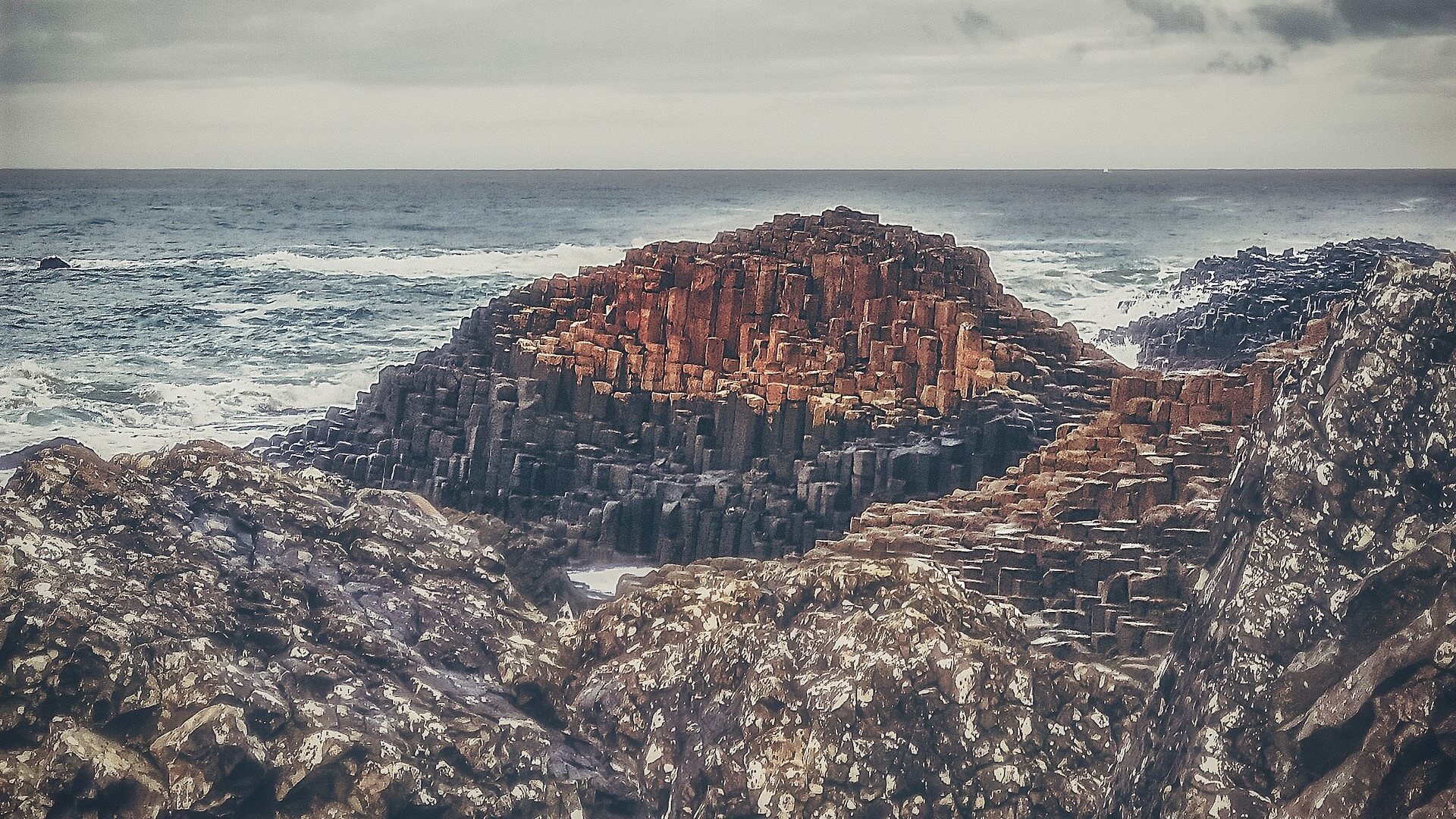
The Giant's Causeway on the Atlantic coast, about 80 kilometers northwest of Belfast, is Northern Ireland's most prestigious tourist attraction and a World Natural Heritage Site.
The Giant's Causeway is an 8-kilometer stretch of coast made up of a total of about 40,000 hexagonal stone pillars. The typical stone pillars of the Giant's Causeway are about 0.45m wide, some of them are more than 6m above the sea surface, the highest being about 12m, and there are also a large number of pillars that are submerged or level with the sea surface.
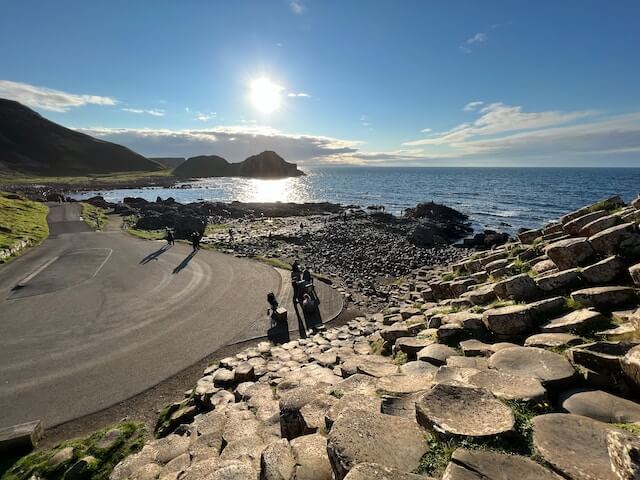
The coast includes the low tide area, the cliff and the road leading to the top of the cliff and a piece of flat land, the pillars are continuous and orderly, extending into the sea in a stepped form, forming one of the wonders of nature.
It is likely that the cause was the sudden cooling of the hot magma from the volcanic eruption in the sea water, and the crystallization process over tens of millions of years. At the end of the Cretaceous period, the North Atlantic Ocean began to separate from the Eurasian continent, the crustal movement was intense, and volcanic eruptions were frequent.
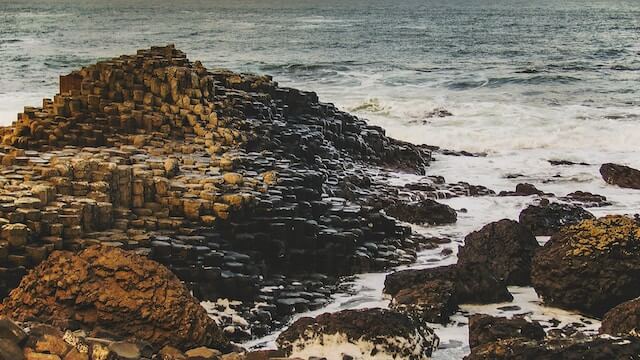
About 50 million years ago, volcanoes were very active along the line of the Inner Hebrides in western Scotland to eastern Northern Ireland today, and a stream of basaltic lava poured out of the fissured crust, which began to burst into regular hexagonal form as the searing lava cooled and contracted and crystallized.
Because the Giant's Causeway landscape is so peculiar, there are also several folklore stories widely circulated, which are nothing more than the work of a giant of immense strength and omnipotence.
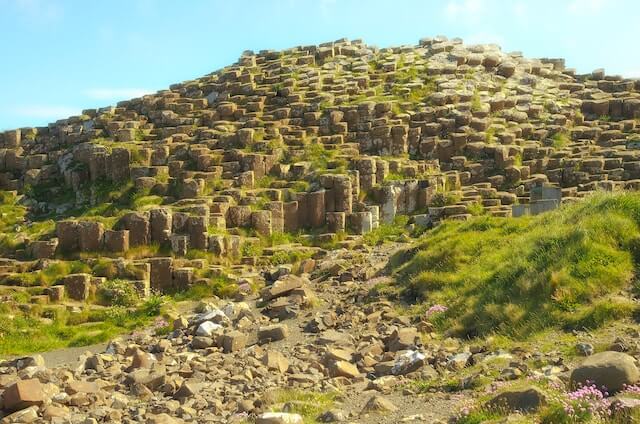
One theory claims that the Giant's Causeway was built by the Irish giant Finn McCool. He moved the rock pillars one by one to the bottom of the sea so that he could walk to Scotland to fight his rival Finn Gale. When McCool finished, he decided to rest for a while, meanwhile, his rival Fin Gale came across Ireland to size up his opponent.
Fin Gale was terrified when he saw McCool's huge body. Especially after McCool's wife told him that it was actually the giant's child, Gale became frightened and hurriedly withdrew to Scotland and destroyed the causeway, the remnant of which is the Giant's Causeway today.
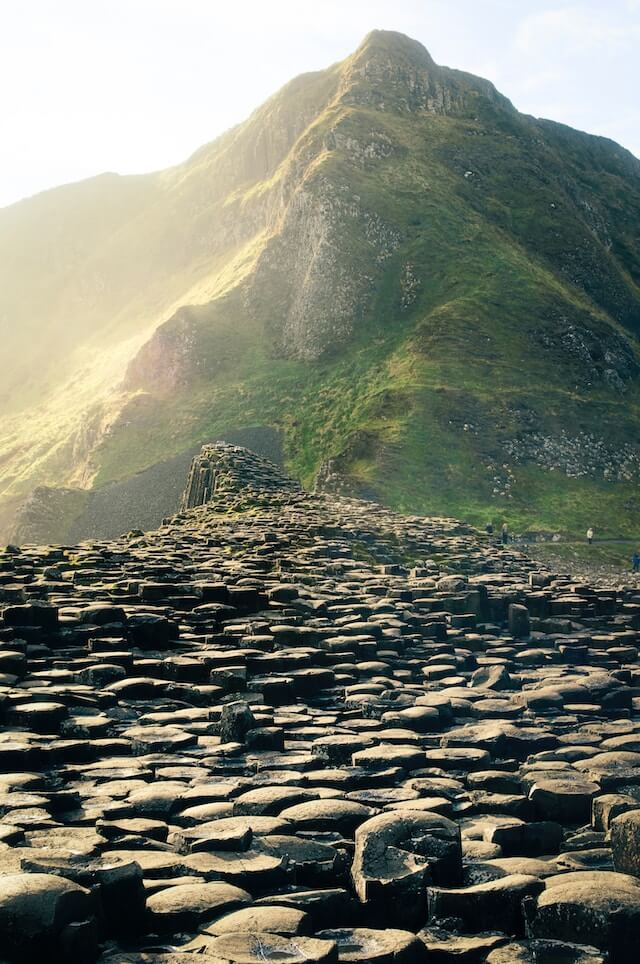
Another theory is that Finn McCool, the commander of the Irish King's Army, was so powerful that once in a fight with a Scottish giant, he casually picked up a stone and threw it at his fleeing opponent, which fell into the sea and formed today's Giant's Island.
Later he fell in love with a giant girl who lived in the Inner Hebrides, and built this causeway to bring her here.

